12 Things I've Stopped Buying Since Going Zero Waste

The other day I looked around my bathroom and I realized there’s so much that I’ve stopped buying since I started on my zero waste journey two years ago. Some were easy to ditch, and others took a bit of adjustment, trial, and error. Some were a success immediately, and others needed some tweaking. But overwhelmingly, as a result of these changes, I feel more at peace with my life as I live in line with my values, and I’ve saved a ton of money in the process.
As you read through this list, please remember that not all swaps work for everyone, and just because my journey has taken me one direction does not mean your journey has to look the same. Trial (and error) is key in this journey. Ask questions and don’t be afraid to try new things.
Please also don’t just throw things away to make a swap. Use what you have until it’s gone, and then make changes, one at a time. It’s more wasteful to discard perfectly usable products in favor of more sustainable alternatives than to use them up.
PAPER TOWELS
Fact: 13 billion pounds of paper are used each in year in the United States alone to produce paper towels, which are non-recyclable after use (source).
If I’m being honest, I had started this transition long before going zero waste. In college, I found a sewing pattern for unpaper towels on Pinterest, and whipped some up that week. That should have been the end of my paper towel story, but I was so proud of the darn things that I hated to use them for anything that could stain them (which, let’s be real, is pretty much anything in the kitchen, especially for a coffee addict like myself).
I didn’t use paper towels often in the kitchen, but I definitely kept them around. I should note that I’ve also always used cloth napkins rather than paper ones or paper towels, so that never factored into my personal usage.
I did use paper towels exclusively for cleaning, which really adds up!
The move away from paper towels was actually pretty easy for me. In the kitchen, I got over the light staining on my unpaper towels and started to see them as a mark of my self-proclaimed EcoWarrior status.
For cleaning, I started using microfiber cloths that I’d also had laying around.
The only time I’ve really been aware of my lack of paper towels was when my kitty got sick and I was suddenly aware that I’d have to use a cloth to clean it up. But, I got over it, cleaned it up, and threw the towel straight in the wash. Easy peasy.
Side note: Microfiber cloths shed plastic microfibers in the wash, which are too small to be caught by water filtration systems, and end up in our waterways. If you use microfiber cloths, wash them in a microfiber-catching bag, such as a Guppyfriend.
Savings:
Some rough, low-end average weekly usage estimates:
Household cleaning: 20 towels
As a napkin with each meal: 21 towels
Cleaning the kitchen after two meals a day: 28 towels
Total Weekly Usage: 69 towels
Most rolls have 60-120 sheets per roll, so let’s average it out to 0.75 rolls per week. That’s three rolls per month, or 36 rolls per year. If a roll costs about $1, that’s $36 a year. And that’s just for one person, with low-end estimates. Add children into the equation and that number is likely much higher.
TOOTHPASTE
Fact: If the average person uses 2.65 tubes of toothpaste per year (source), in the United States alone that equates to more than 800 million tubes being sent to landfill annually.
This transition took some internal convincing. I’d read countless blogs about zero wasters making their own toothpaste, but the idea of trying it myself was super intimidating at first. But one day I decided to take the plunge. What could it hurt just to try, right? If I hated it, I could always look for another alternative.
Well, since it’s made the cut for this post, you can probably assume that I didn’t hate it. I never have to worry about running out of toothpaste again, and I’m saving the planet while I’m at it.
I’ll be trying out a new recipe with activated charcoal soon, too!
Savings:
Average toothpaste cost: $3
Average usage: 2.65 tubes/year
Savings: $7.95 a year
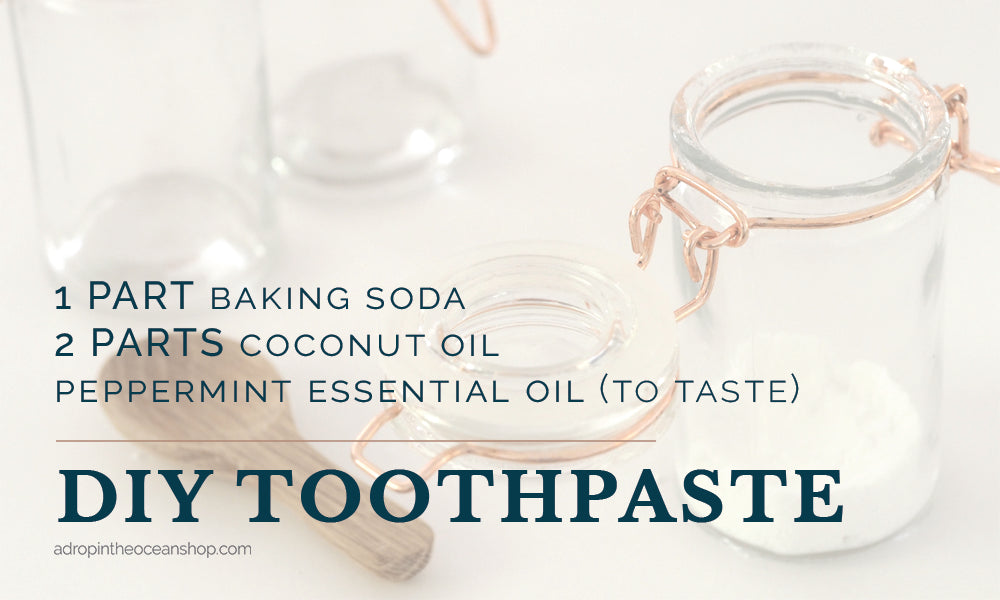
DEODORANT
Fact: The active ingredient in antiperspirants is aluminum, which stops the body from doing a natural function it’s designed to do - produce sweat. Studies are currently examining the link between aluminum in antiperspirants and breast cancer (source). Check out Kathryn Kellogg of Going Zero Waste’s personal experience with this here.
This was by far the most difficult transition, and my solution will not work for everyone. I used to swear by Secret Clinical Strength, so not just any deodorant would do. I wanted a plastic-free and aluminum-free solution, and I tried so many options in the beginning that just didn’t do the trick. I didn’t give up, though.
Eventually, I found Kathryn’s recipe using baking soda, Himalayan sea salt, and water. Since I already had these ingredients around, I gave it a shot. To my amazement - it worked! I swore by this recipe and told everyone I could about it.
Then, as I was getting ready for work one morning I realized I ran out of my most recent batch the day prior. I was feeling exceptionally lazy that morning, and decided to just try baking soda by itself instead. I poured a bit into a shallow mason jar, and used an old makeup brush to apply it.
This. Worked. So. Well. Even better than the recipe I had been using, and exceptionally better than any of the other natural and plastic-free options I had tried. I haven’t looked back since.
Please note that some people do have reactions to baking soda, and using it right after shaving can cause some irritation as well. If you don’t react to baking soda, give this a shot!
Savings:
Secret Clinical Strength will run you about $8 a tube. Using one tube every two months amounts to about $48 a year.
CONTACTS
Fact: In the United States, 14 billion contact lenses are discarded annually, which equates to about 440 thousand pounds of plastic waste (source). (Can you imagine 440 thousand pounds of tiny contact lenses??)
To be honest, my lack of contacts is less a result of going zero waste than of a bad fitting with the last eye doctor I visited.
The last time I went to the eye doctor, I invested in some new glasses (the ones I’m almost always wearing in my videos), and got fitted for new contacts. If you’ve worn contacts before, you know that when you get fitted, they give you a pair of contacts to wear until your new full order comes in.
The pair they gave me felt fine that day, but afterwards I realized they were clearly ill-fitted for my eyeballs, and gave up wearing them. I didn’t want to order a whole year’s supply of uncomfortable contacts, and was too lazy to go back to the doctor, and recognized that I actually see better with glasses anyway, so I just stopped wearing contacts.
As a result, I’ve not only saved a ton of waste, I’ve also saved a ton of money.
Savings:
The average annual cost of contacts is $600 (source). This varies with the type of contacts you need, but even the low end is about $250. With my astigmatism, I’m sticking with $600 a year.
BLUSH
Fact: Paraben, a common preservative in cosmetics, has been found to harm coral reefs, dolphins, and other marine mammals (source).
This swap was insanely easy, and I couldn’t be happier with it. I have a whole video dedicated to this swap and my face powder swap here. This video was posted in May, probably a month or so after I first made the blush, and I’m maybe halfway through that first batch (which was about two ounces). Talk about cost-effective.
Savings:
The last blush I used before this swap was from Lush. It doesn’t look like they sell it anymore, but it was around $24, and only lasted a couple of months. From our shop, an ounce of beetroot powder will cost only $5, and an ounce of arrowroot powder will cost $2.75. Considering an ounce of each of these will last at least a year, while making both blush and face powder (see below), I’ve saved about $136 a year with this one.
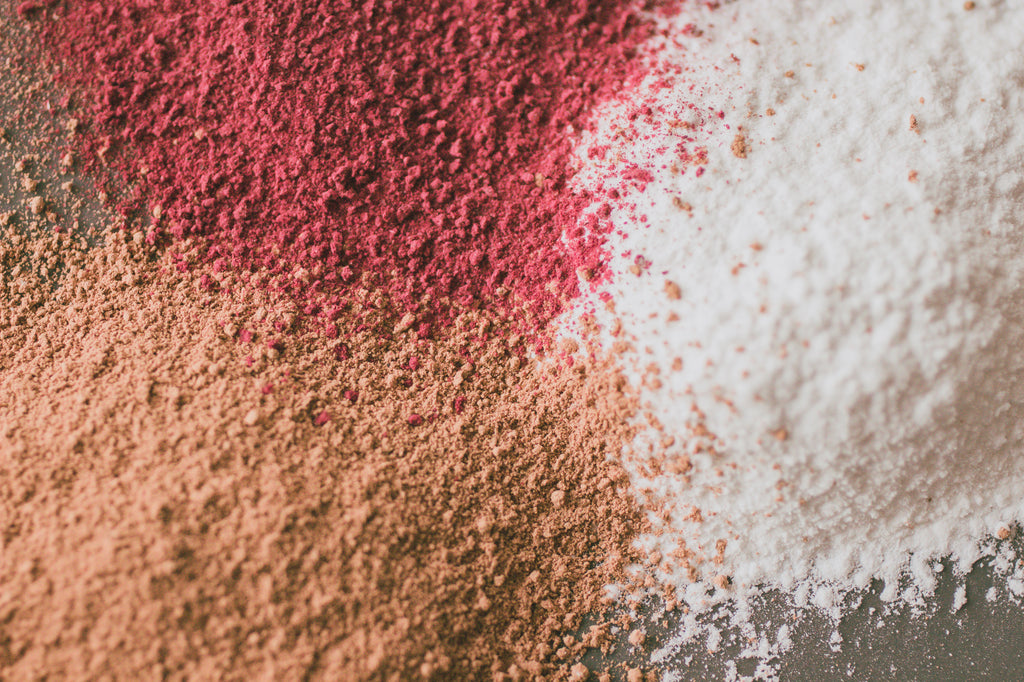
FACE POWDER (and Foundation)
Fact: 90% of kitchen packaging is recycled, but only about 50% of bathroom packaging is recycled (source). Of course, recycling is not the answer to our waste problem.
Again, check out the video I linked to above under Blush for my review of DIY face powder. When I run out of my face powder, it takes less than 5 minutes to walk to my kitchen, pull out the three ingredients, mix them together, and walk back to the bathroom to finish getting ready. It seriously could not be any easier - and so, so much cheaper!
While my face powder has an alternative that I swear by, foundation is a slightly different story. I’ve simply stopped using it.
One of the most amazing unexpected benefits of going zero waste is that my skin has cleared up remarkably well. I was trying everything on the market, all the way up to Proactiv for a while, and it still wasn’t working. Since I went zero waste and just started using bars of charcoal soap or Plaine Products’ natural face wash, my skin has improved more than I ever imagined, and I no longer feel the need to hide behind thick foundation. A light DIY powder is all I need now, which probably helps my skin even more.
Savings:
I was using a Lush powder prior to making this swap, which was costing me about $15 every couple of months. I was also using a BB Cream as foundation, at about $10 every 6 months or so. This change has saved me about $110 a year.
MENSTRUAL PRODUCTS
Fact: A single pad can be up to 90% plastic, containing an equivalent amount of plastic as four disposable shopping bags (source).
This is actually my most recent swap, mainly because of the cost associated with reusable menstrual products. I recently purchased two cloth pads with four inserts, and spent approximately $30 on them. Really I could use a couple more, but the higher upfront cost associated with reusable products, although they save a ton of money over time, can be restrictive.
But, I’m sold on this swap! They work fantastically, and they’re going to pay for themselves quickly. Plus, no waste!
Savings:
A box of 18 tampons costs about $8, and 50 liners about $5. The tampons may last for about 1.3 periods, and the liners for about 7. Once the upfront reusable product costs are offset, this swap will save about $82 a year.
FACIAL MOISTURIZER
Fact: 18 million acres of forests are cut down annually to produce the cardboard packaging encasing moisturizers, serums, and perfumes (source).
Moisturizing is so important! It’s not enough just to wash our faces, it’s important to moisturize them too. I have oily skin, so similar to my note about trying every cleanser on the market under the Foundation section above, I’ve tried a ton of moisturizers, too. When I went zero waste, I read a lot about people using coconut oil as a moisturizer. I immediately wrote it off as not an option for me, because I couldn’t fathom using an oil to moisturize my oily face.
Then one day I ran out of moisturizer, and thought “What the heck,” because, again, if I hated it, I could just look for another alternative.
Sure enough, my skin responded with so much love! I’m amazed, and so happy. This won’t work for everyone, but it’s worth giving it a try!
Savings:
Before switching to coconut oil, I was using a Lush moisturizer costing me about $45 about every 3-4 months. Switching to coconut oil saves me about $150 a year.
EYELINER + EYEBROW PENCILS
Fact: Some of the preservatives in cosmetics have been found to cause genetic mutations in amphibian species (source).
I’m lumping these two together because my solution for them is the same. Instead of buying these products in plastic tubes or even in pencils that eventually get too short you can’t actually use them anymore, I’ve swapped them out for eyeshadow. To be fair, I have not yet run out of eyeshadow since I started on my zero waste journey two years ago, so this swap may change when I do eventually, but it works for now!
I use a brown eyeshadow for my eyebrows and a black eyeshadow for my eyeliner. I have a concealer brush that I dampen with water and dab onto the eyeshadow to then apply to my eyebrows or eyelids. It’s a great way to use up old eyeshadows, save money, and save waste.
Savings:
Before this swap I was using Ulta eyeliners that cost about $8 each, and brow pencils that cost about $10 each. I think they’d last about three months, so I’m saving about $72 a year.
TONER
Fact: By not recycling our bathroom plastic bottles, 552 million bottles are being sent to landfill each year (source).
I’ve always used toner as part of my facial care routine. When I started going zero waste, I started using Lush’s Tea Tree Toner, and it worked wonders for my oily skin, but dang was it expensive (and came in plastic)! I used it for a while, but eventually I looked at the ingredients and thought to myself “I can make this.”
So I did.
And I love it.
And it works so well.
And it’s so much cheaper.
I spritz this on my face morning and night between washing and moisturizing, and my skin (and wallet) thanks me every day!
Savings:
Lush’s Tea Tree Toner runs about $23 for 8 ounces, and lasts about 6 months or so. 8 ounces of witch hazel costs just $8 in our store. This swap will save about $32 a year.
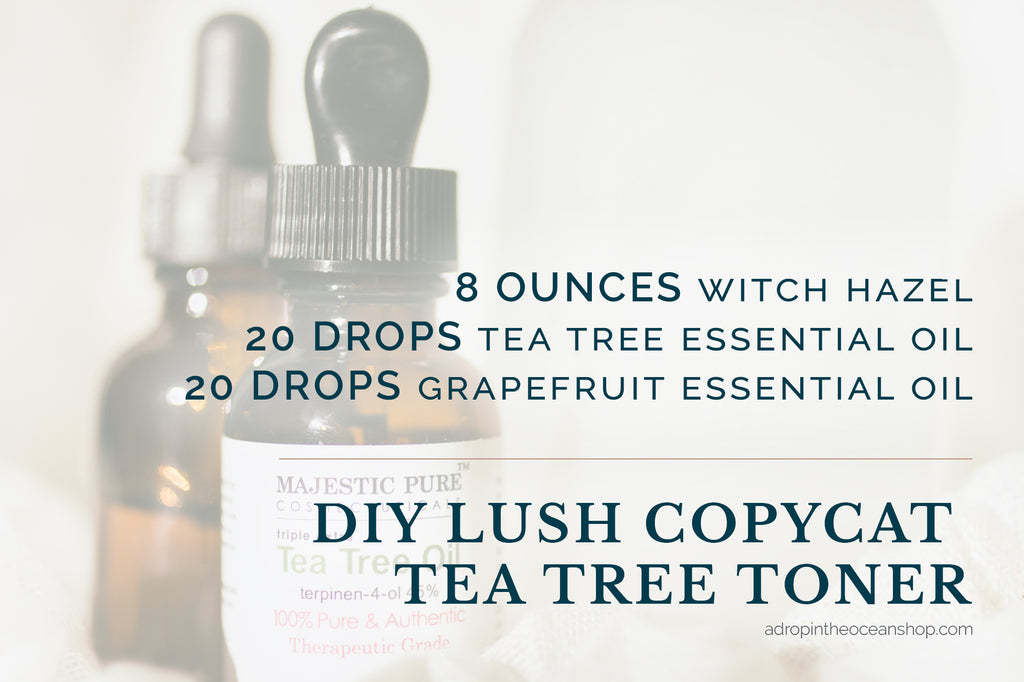
PLASTIC RAZORS
Fact: According to the EPA, about 2 billion razors are thrown away each year (source).
When you first start looking to go zero waste, you’re likely going to come across safety razors pretty early on. They can be a little frightening - I mean after all, it’s really just a blade! But there are how-to videos all over the internet, and I can almost guarantee that once you take the plunge, you’ll wonder why you ever hesitated. Seriously - check out my video review here.
Not only are safety razors super easy to use, they work incredibly well, have zero plastic, can be fully recycled, and are insanely cheap compared to plastic razors. Once you run out of disposable or plastic blades, I urge you to make this switch.
Savings:
I was a using a Venus razor before making this swap. A classic Venus razor costs about $9, and refills are about $10 for 4 blades, which each last about a month. A safety razor has a higher upfront cost ($27 in our shop), but refills are just $3.00 for TEN blades, and each blade lasts at least a couple months. Once the initial upfront cost is offset, this swap will save about $29 a year. If you swing for “better” refills (which aren’t actually better), such as the Embrace refills, this will save $49 a year!
All in all, these 12 swaps save me over $1,300 each year!
Like I’ve said, not all of these swaps will work for everyone, and not everyone’s needs are the same as mine. Perhaps this list will spark some ideas for your own zero waste journey!
What are some of the things you’ve either cut out or found alternatives for?
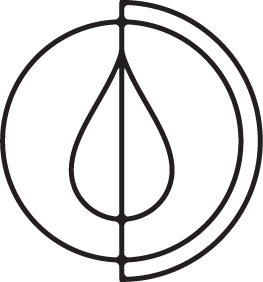

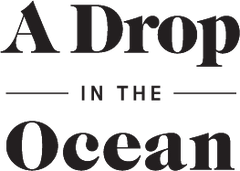



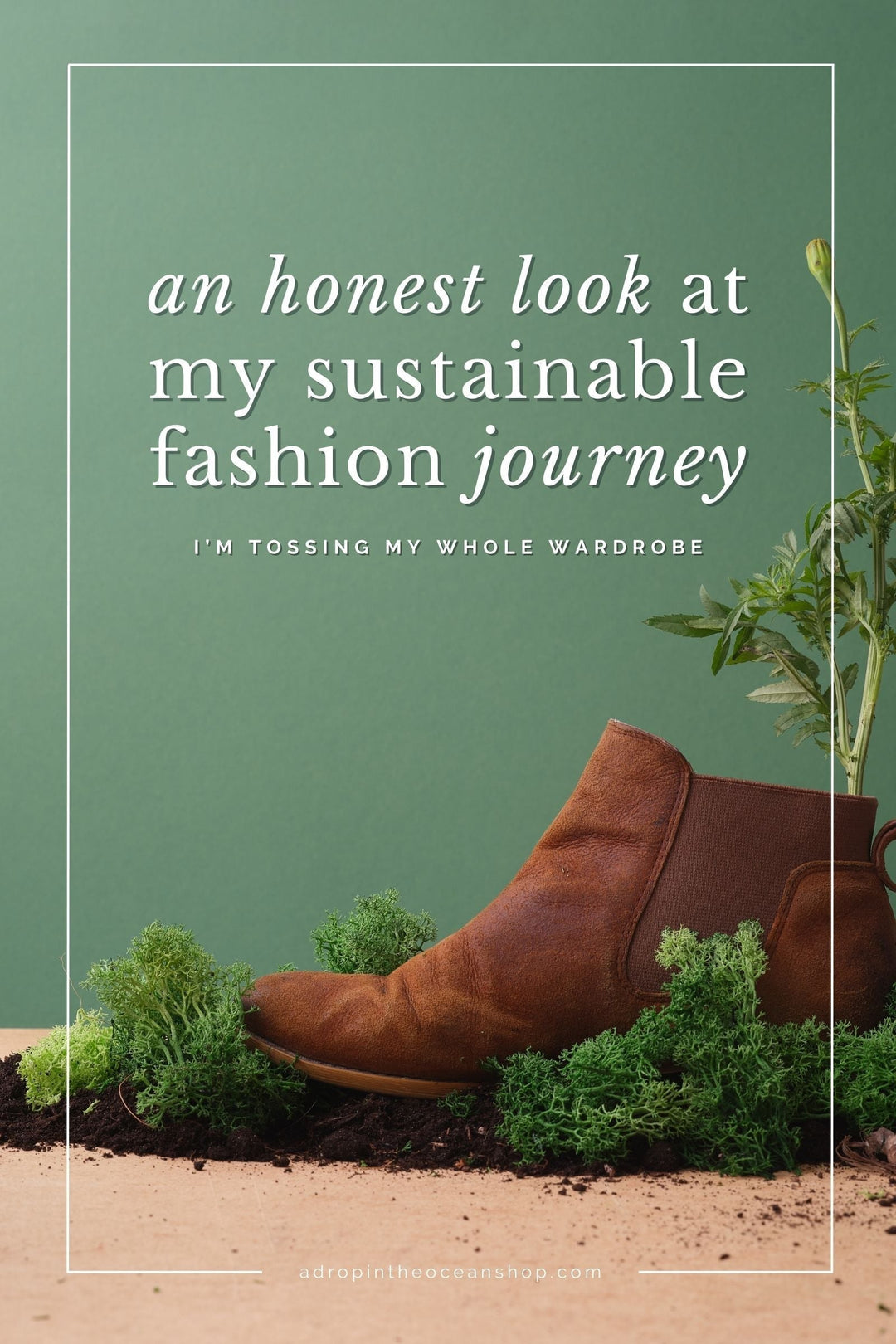
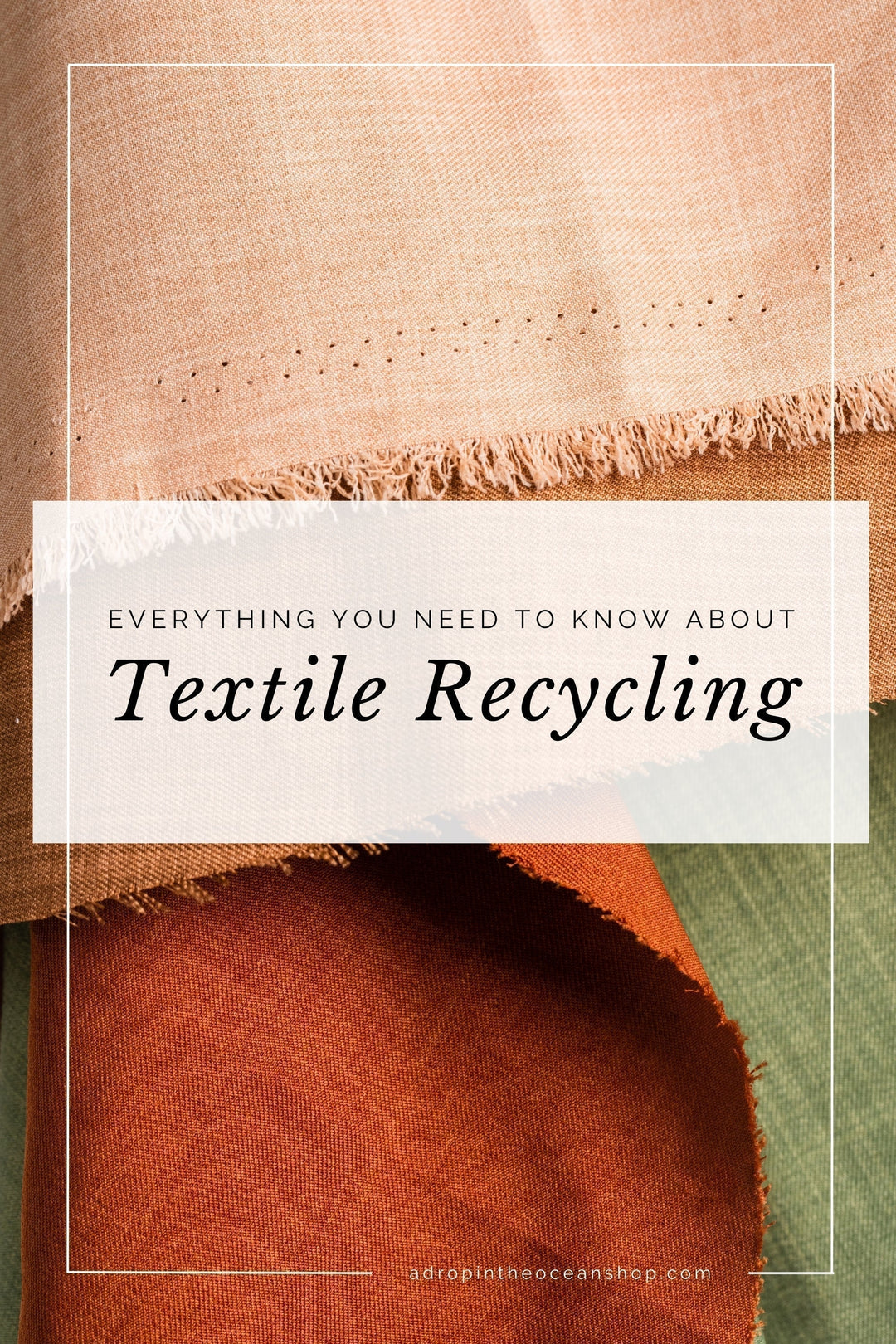
Hey Krystina,
I am SO INSPIRED by your zero waste journey! Thank you for putting in the time to research sustainability, test out products, provide smart solution, and transform your own day to day practice. I’m going to be avidly reading your info and putting more of these practices and products in my own life and home.
Great work and thank you,
Jackie
Hi Delaney! Baking soda boxes can be composted at the end of their life! Where I live now, I have found baking soda in the bulk bins, so that won’t be an issue, personally, going forward. Everything else I have been able to purchase either in reusable glass jars or returnable packaging.
These products can be hard to find in many areas with sustainable packaging, but once this shop opens on February 25 I’ll be stocking all of the items mentioned in either returnable or reusable containers.
What do you do with the packages for the baking soda and stuff that you buy to make the products? or do you buy them without containers?
Just curious.
Thanks, Amanda! I hadn’t heard of the coconut oil solidifying in the pipe, but that makes sense! Do you make your own tooth powder? If you do, would you mind sharing the recipe you use?
Safety razors are so much less scary than I anticipated! I put off that change for so long because I was afraid of them, but I’m so glad I finally changed. Check out the brand Albatross when you look into buying one. They’re really dedicated to keeping our oceans clean. I’ll be selling them here, too, once the shop opens soon. If you sign up for the newsletter you’ll be notified when the shop goes live and get access to pre-launch sales only available to subscribers. But if you’re looking to make the change sooner, definitely check out Albatross.
Great site! I read through a few of your posts and they are really well written and informative. I gave up toothpaste many, many years ago as well. I was making a similar recipe as you posted but the coconut oil would just solidify in the pipe and clog my drain. So I switched to a tooth powder. So easy and a lot less aggravating for me!
One thing I hate purchasing are disposable razors. (Matter of fact, I just took a sizable chunk out of my thumb the other day trying to detach the head from the handle for recycling) After reading your post I’m going to look into safety razors and hopefully not maim myself in the process!
Leave a comment